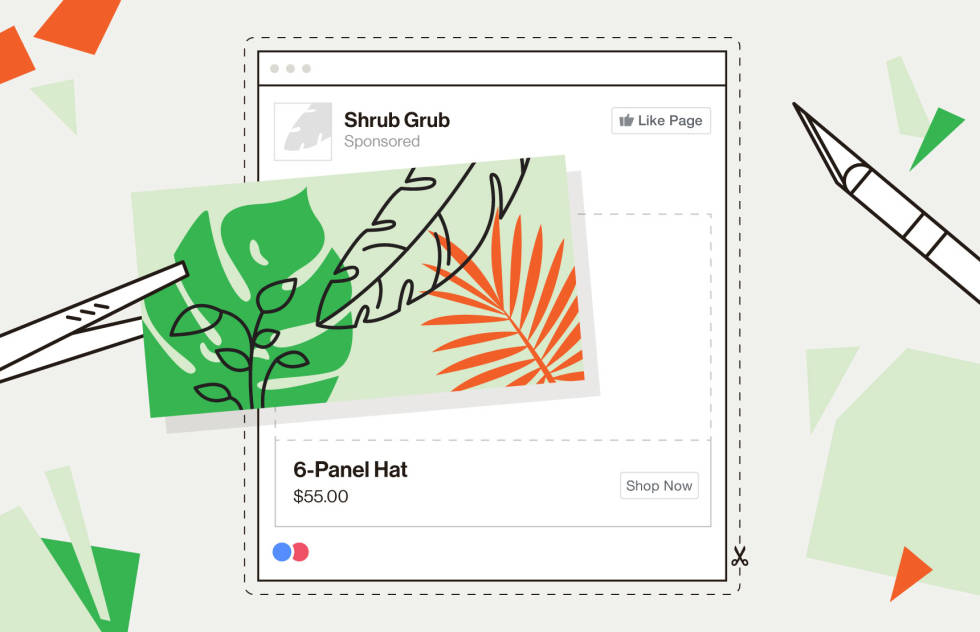This ultimate cheat sheet will help you learn what types of images work best in Facebook, Instagram, and Google remarketing ads. Learn how to obtain the ideal ad image sizes based on the type of ad, recommended aspect ratios, and more based on your audience network. We’ve put everything you need to know for your search or social media ads in one place, so you never have to commit it to memory (unless you want to) when you're working with these ad formats.
Start here
The secret to making beautiful image ads isn’t so secret: You need to get the right photos based on the ad size. Of course your images should have a wow factor that draws people in, but they should also meet the requirements of whatever advertising platform (search or social advertising) you’re using. Keep your business image ad size from running into any issues by using the following size cheat sheet, taking into consideration minimum dimensions and image ratio.
| Ad type | File type | File size limit | Dimensions |
|---|---|---|---|
| Facebook – single-image ad | JPG or PNG | 30MB | 1200 x 628 px |
| Facebook – carousel ad | JPG or PNG | 30MB | 1080 x 1080 px |
| Instagram – single-image | JPG or PNG | 30MB | 1080 x 1080 px or 1200 x 628 px |
| Instagram – carousel | JPG or PNG | 30MB | Min. 600 x 600 px, Max. 1080 x 1080 px |
| Google – landscape | JPG | 1MB | 1200 x 628 px |
| Google – square | JPG | 1MB | 1200 x 1200 px |











